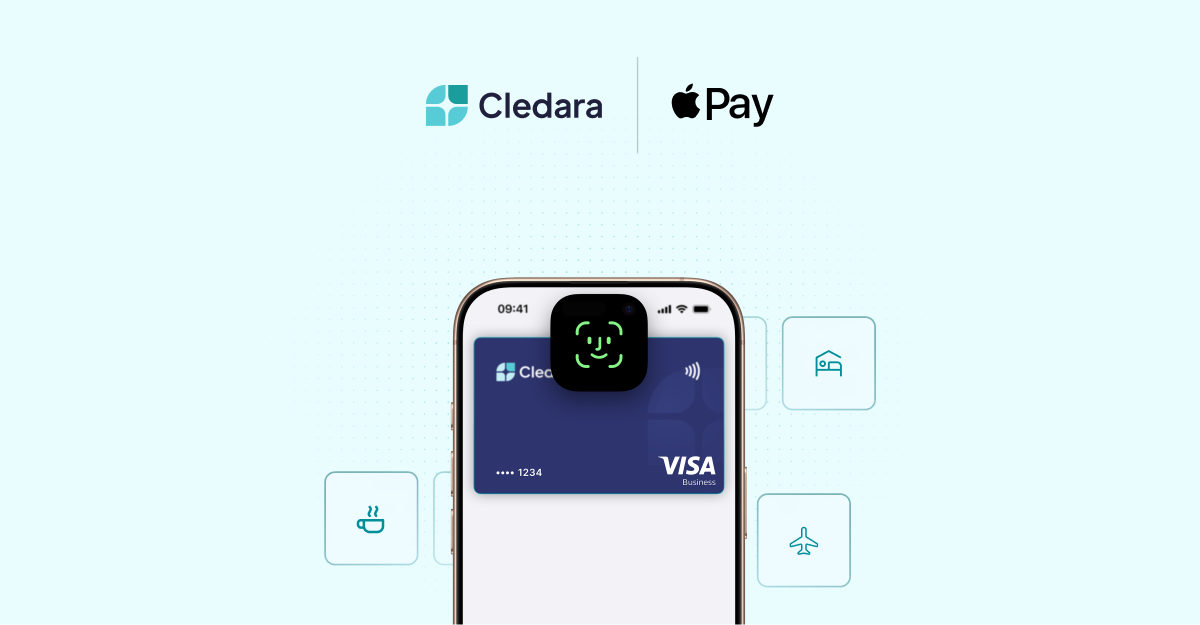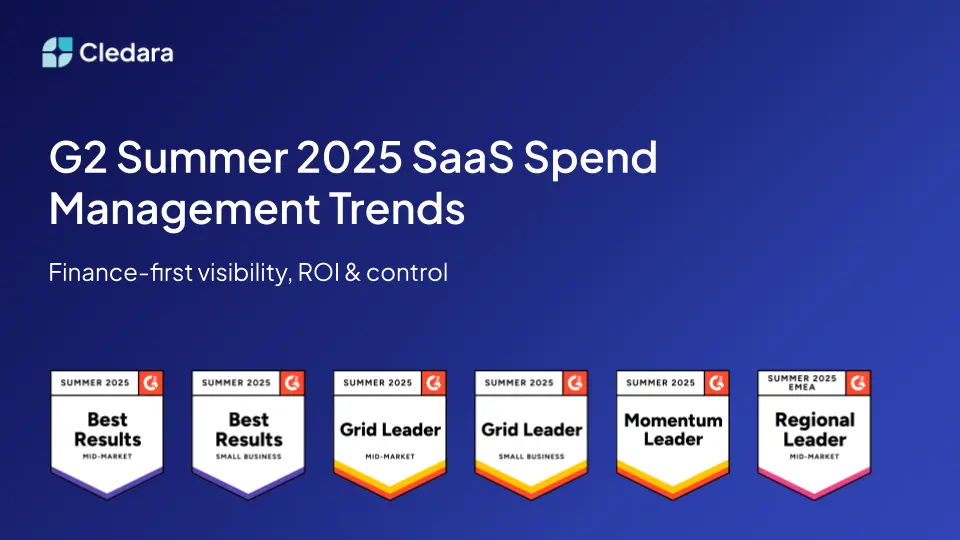I didn’t always think deliberate planning was so important. As they say, “hire smart people and get out of their way”. Trust them to self organise, point them at a north star and job done.
Reality is quite different. In a startup, there are infinite things to do, they all feel important and therefore prioritisation is really hard and effective prioritisation in a silo is nearly impossible. It’s so easy to work really hard every day, lose track of the big picture and not advance as a team as a result.
Speed is the result of alignment and focus. That’s why bringing people together around a shared plan gives you a real shot of operating well as a team and becoming more than the sum of your parts. Startups move fast. Things will always change. Planning gives you the chance to realign and keep delivering.
The seeds of our Strategic Plan**
We’re a SaaS company that helps companies manage their SaaS, but the irony is that we try to stay lean on the number of tools we use to run our business. We believe that culture comes before process, which in turn comes before the tool.
Inspired by Shefali Roy from Truelayer at the recent Point Nine Capital event in London, we decided that we needed a Strategic Plan. And which better tool to use as an MVP than a simple Google Sheet (as a way of paying it forward, we’ll share our template at the bottom of this article - feel free to make a copy and make it your own)?
Google Sheets offered a bunch of advantages over and above using a tool. We knew what we wanted to achieve, but we didn’t know what would work best for us and so a good old spreadsheet gave us the flexibility to iterate fast. On top of that, transparency and inclusiveness are core values for us at Cledara and being able to easily share what was in the plan and what wasn’t was super important to align everyone.
Some context. Cledara has just finished Techstars and raised a round of funding from the VC of our dreams. We’re a small team that is used to moving fast (is that trademarked yet Domm?) but as we grow in size and welcome more people to share our journey, we want to make sure that we maintain our velocity. We have very clear milestones to hit for our next funding round, but we were looking for a better way to link those big milestones with the way we spend our time every day.
Our journey to our first strategic plan**
The way we started with our strategic plan wasn’t very efficient, but we’d probably do it again the same way. We started by writing down our key milestones for our next funding round. That was pretty quick because there are only 2 - team and product. Then we went from the high level and straight into the detail. We created a tab that we named ‘Idea Board’ where we dumped everything that we thought could help achieve our milestones.
The Idea Board grew to a couple of hundred lines and captured all parts of the business, from marketing and product to regulatory compliance and employee onboarding. Some projects were big, like an amazing machine-learning powered feature that will save our customers on average 8 hours a month that we’ve codenamed the “Magic Box”, and others were small like tidying up our social media profiles.
This process of capturing ideas included everyone in the company. This was easy because we were small, but as we grow we will probably have to structure the process a little more.
The process of getting all the ideas out of our heads and onto paper was quite a cathartic one and was time well spent, even though it took a good couple of hours. All those things that we could do were no longer in our minds and could no longer be forgotten. Next, prioritisation. We had to find the most impactful things from the list that would contribute to achieving our milestones.
The surprising thing here is that this didn’t really take long at all, despite the length of the list. We revisited the milestones we were looking to hit and looked at each idea through that lens - how much will executing on this idea advance us towards those milestones? We came up with a simple scoring system: P1 was high impact, P2 was high impact - but not quite high enough, P4 didn’t advance us towards the milestones and P3 was somewhere between P2 and P4.
We ended up spending 5-10 seconds scoring each idea. Given the very clear milestones there was almost no need for debate. After that, it was a matter of sorting by the priority column, assigning priorities to teams and owners and then reassessing if we had the bandwidth to deliver all our P1s.
The next thing we noticed is that some goals were way bigger than others and would take way more time. Clearly the Magic Box had the chance to change the lives of literally all our customers but was a lot of work, whereas cleaning up our social media profiles would probably take less than an hour and so we decided to add a Goal Size field so we could figure out which of the P1s each team had to start first and where the critical path was.
Now what?**
Our plan is to repeat this process every quarter. We’ve now got a long list of P2-4s that might evolve into P1s over time. We’re also going to learn a lot of new things over the next 3 months that will lead to new things on the Ideas Board and some being re-prioritised. In fact we’re only a month into using this approach to strategic planning and that’s already happening.
On average something new makes the Ideas Board every day or two following discussions with customers and prospects. What we have already iterated towards is adding bigger projects to the Ideas board rather than tasks.
The other surprising thing is that the biggest value hasn’t even been the quarterly planning, it’s been how that helps us be more effective between quarterly planning sessions. Once a week on a Wednesday morning, we revisit the P1s line by line. We give quick 15 second updates for each and update the status of each in the spreadsheet (either ‘Not started’, ‘Started <50%’, ‘Started >50%’ and ‘Complete’). This is where the massive win is with this process.
Like this, we’ve been able to identify dependencies between teams and it’s helped us say no to more things with confidence. For example, the engineering team’s daily standups have become way more focused and by sticking to the P1s and the critical path for the company, we’ve managed to increase our velocity on product and engineering.
We expected to create a strategy for delivering our milestones and we’ve certainly done that, but along the way we’ve also created a cadence for the company. Everyone knows our milestones, everyone knows how the things they do every day compound towards achieving the milestones and we have a regular mechanism for communicating our progress.
Big Thanks**
Thanks again to Shefali Roy from Truelayer for helping us get started with this. We’re working on making it our own, but the session at Point Nine Capital’s away day gave us a massive head start.
If you’re at a startup, we’d love to hear more about how you plan strategically and if any of this inspires you, what your experience with the process was like.










.webp)

.webp)

-min%20(1).png)




